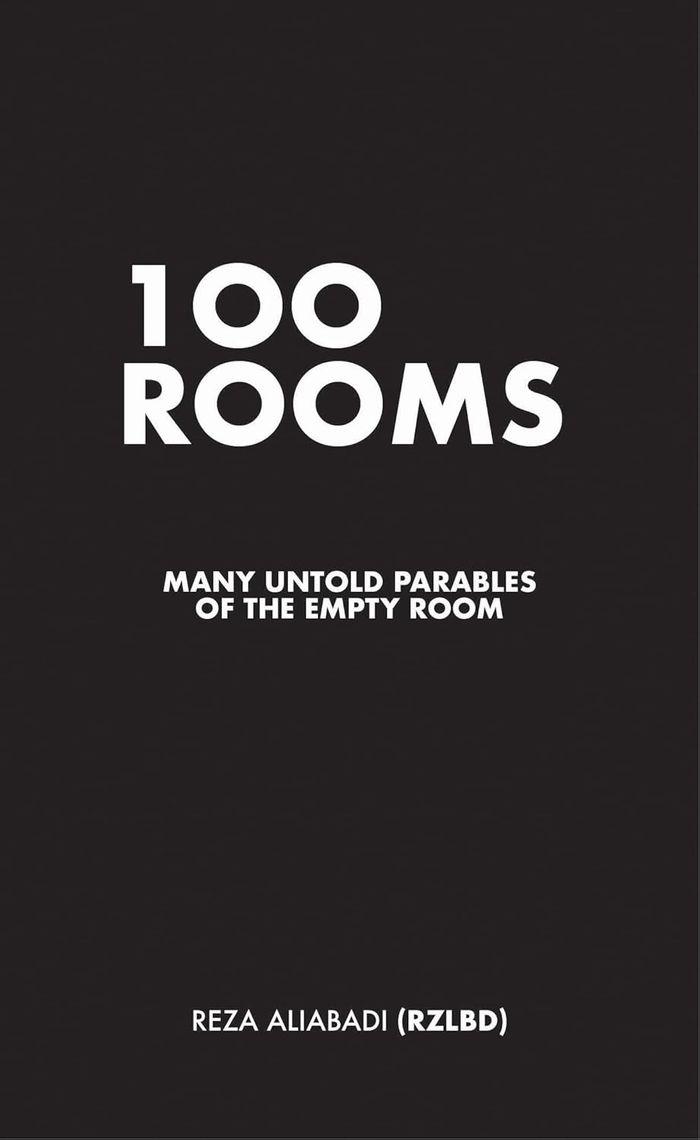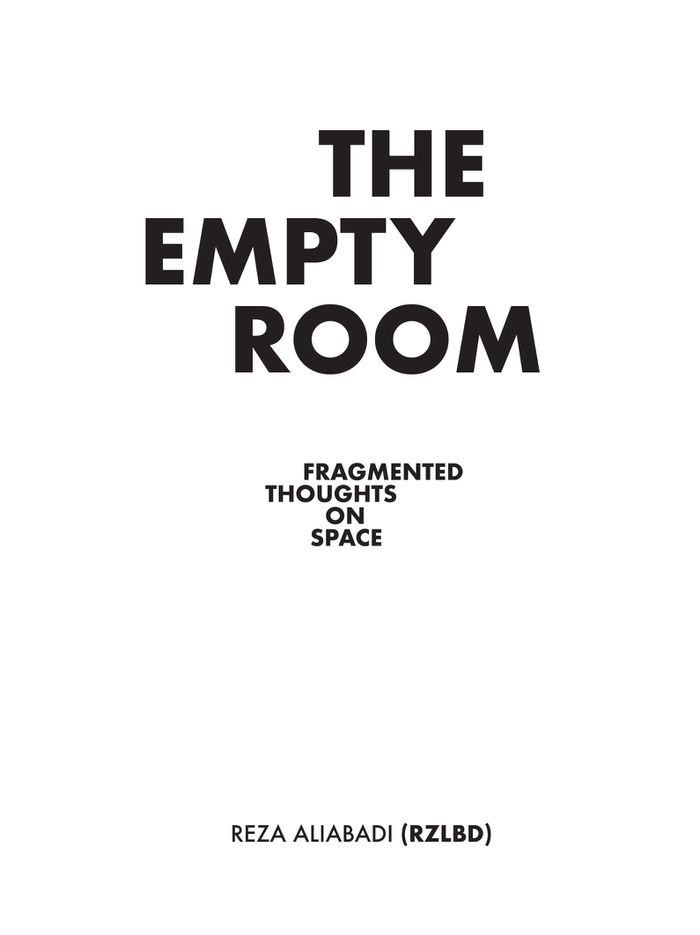$42.00
(available in store)
Summary:
"The Empty Room", in the absence of any visual materials, was a written manifesto composed of RZLBD’s poems and collection of quotes intended to portray the room and the emptiness as the essence of architecture. Now, "100 Rooms" complements our own blurry images of the empty room with a visual guide. Each spread consists of a plan and a physical model of a room, which is(...)
100 rooms: Many untold parables of the empty room
Actions:
Price:
$42.00
(available in store)
Summary:
"The Empty Room", in the absence of any visual materials, was a written manifesto composed of RZLBD’s poems and collection of quotes intended to portray the room and the emptiness as the essence of architecture. Now, "100 Rooms" complements our own blurry images of the empty room with a visual guide. Each spread consists of a plan and a physical model of a room, which is an excavation of the geometry and order inherent within the square. It holds no design intention — no scale or function — but simply one of infinite possibilities that emerge from a square. This framework suggests that the formal expression of a room comes from within. With these visual references, one can begin to imagine many approximations to the empty room. A line on paper is always less, as Kahn says, but through these measurable means, the immeasurable idea of the empty room will be formed in one’s mind.
Canadian Architects
$26.95
(available to order)
Summary:
Part aphorism and part manifesto, this book by Canadian architect Reza Aliabadi (RZLBD) references his ideas and thoughts about space. He suggests ‘the empty room’ as the very essence of architecture, and ‘the spatial experience’ as its highest mandate. Reza revisits architecture –not as the walls that enclose the space– but rather the space in-between the walls. What he(...)
Reza Aliabadi:The empty room, fragmented thoughts on space
Actions:
Price:
$26.95
(available to order)
Summary:
Part aphorism and part manifesto, this book by Canadian architect Reza Aliabadi (RZLBD) references his ideas and thoughts about space. He suggests ‘the empty room’ as the very essence of architecture, and ‘the spatial experience’ as its highest mandate. Reza revisits architecture –not as the walls that enclose the space– but rather the space in-between the walls. What he calls an “anti-architecture” of invisible voids. As Kahn always said: “Architecture comes from the making of a room”. This book starts with this, the very desire to dwell in a space in its most basic form — a room. Through short passages and aphorisms, this text revisits space as the only protagonist, the very foundation, and the sole essence of architecture. It affects your perception of space, it makes you to look at architecture differently — most likely to see the invisible.
Architectural Theory

